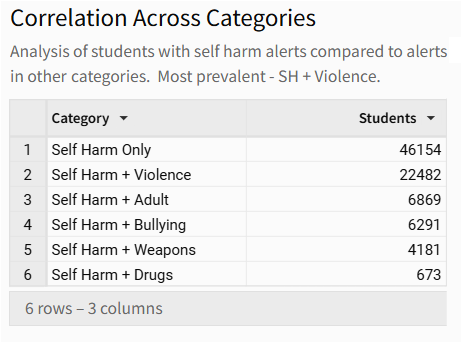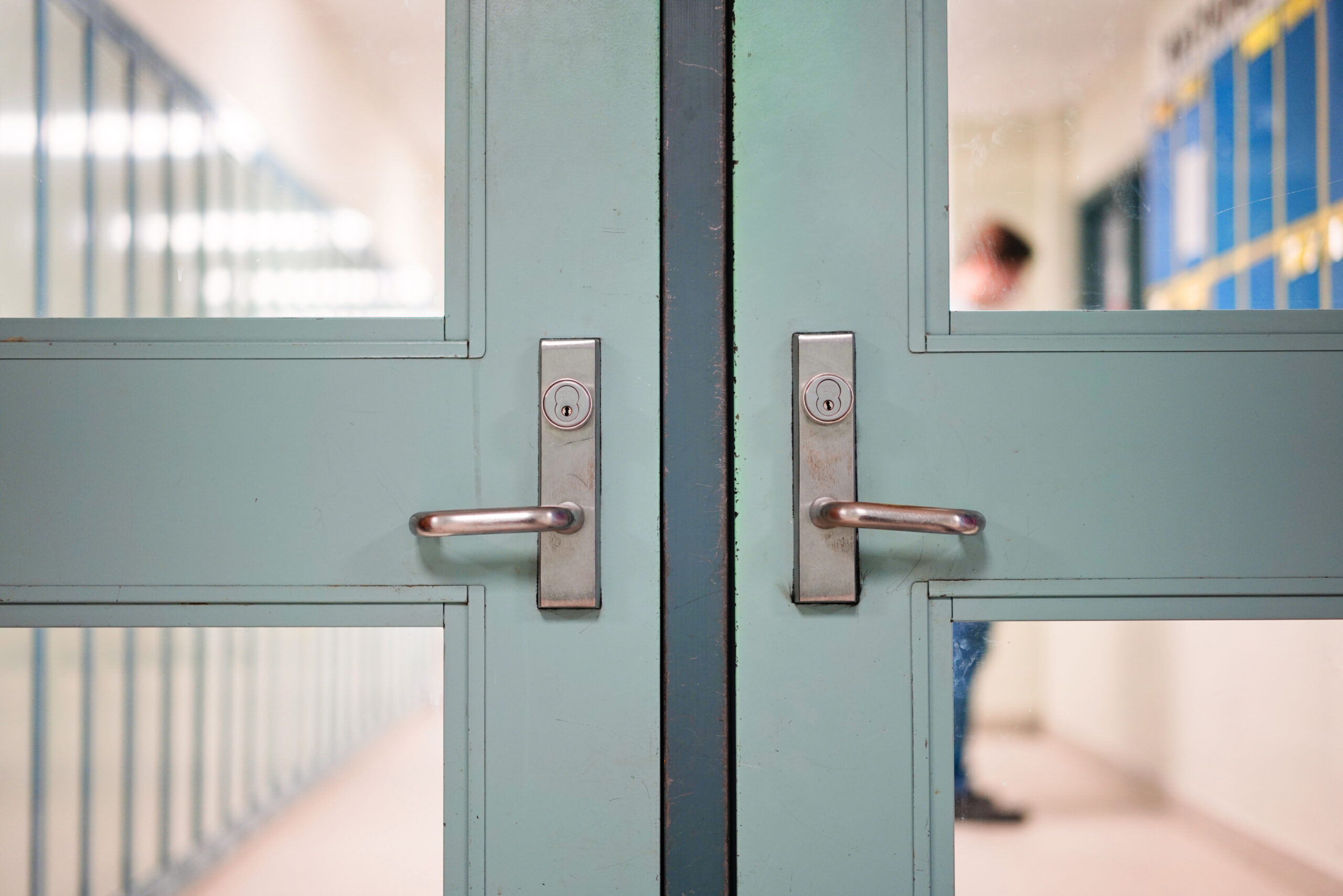When we think of school safety, measures like metal detectors, reinforced doors, panic buttons, and lockdown drills often come to mind. These are vital, but they are a last line of defense. When all the focus is there, we’re missing the opportunity to prevent tragedies long before they happen.
We need to shift the conversation to all the things that come before the moment a gun comes on campus.
The Link Between Mental Health and School Shootings
Research shows a staggering correlation between school shootings and mental health crises. Over 70% of school shooters have a history of depression or suicidal thoughts, and many of them exhibited clear signs of distress in the months or years leading up to the tragedy. These signs were not just personal struggles—they were cries for help.
A 2019 study published in Psychology, Public Policy, and Law found that 91% of school shooters showed clear warning signs, such as extreme mood swings, withdrawal, or making threatening statements online. The evidence tells us that these tragedies are preventable—if we are willing to intervene early.
Data from our Lightspeed Alert product also reinforces this correlation. An analysis of the 2023-24 data reveals that among students who received self-harm and suicide-related alerts, approximately 50% have also been flagged for violent behavior, and nearly 10% for weapons.

We cannot ignore the fact that most school shooters are not simply perpetrators of violence—they are victims of a broken mental health system, often experiencing deep pain long before they ever lash out.
Suicidality Precedes Violence
Many school shooters exhibit suicidal tendencies before they turn to violence. According to the U.S. Secret Service, more than 80% of school shooters were either suicidal or had a history of suicidal thoughts. Nearly all of them have considered or attempted suicide before committing these horrific acts, according to the American Psychological Association.
This is a critical point: they are in crisis. They are struggling with feelings of hopelessness, isolation, and despair.
The tragedy is that many of these signs were visible—but often, there wasn’t anyone available to catch them in time.
The Early Warning Signs are There—We Just Need to See Them
One of the most heart-wrenching truths is that the signs of an impending crisis are often present, particularly in a student’s online activity. Over 80% of school shooters leak their plans in some way—whether through troubling social media posts, withdrawal from activities, or engagement in dangerous online communities. These are all digital footprints that show a student spiraling into despair, and they often go unnoticed until it’s too late.
Even beyond shootings, the CDC reports that the number of adolescents who have seriously considered suicide rose by 25% over the last decade. This is an epidemic we can no longer afford to ignore.
Mental Health as the First Line of Defense
Schools play a crucial role in a student’s life, often spending more time with them than their families do. But while the importance of mental health support is clear, the reality is that many schools simply don’t have the resources to hire more counselors, social workers, or mental health professionals. The funding isn’t there, and schools are already stretched thin, trying to manage so many competing priorities.
In fact, the American School Counselor Association recommends a student-to-counselor ratio of 250:1, yet the national average sits closer to 424:1. This means many schools are severely understaffed when it comes to mental health support.
But that doesn’t mean there’s no solution.
Technology Can Bridge the Gap
This is where tools like Lightspeed Alert can make all the difference. Schools may not have the capacity to hire more mental health staff, but they can leverage technology to serve as an extension of their team. Tools like Lightspeed Alert monitor online activity—where so many early warning signs are present—and give schools a window into the places they otherwise wouldn’t see.
It’s not just about monitoring for dangerous content; it’s about identifying when a student is crying out for help in a way that might go unnoticed. Lightspeed Alert flags concerning behavior, alerts educators when a student is in crisis, and enables schools to intervene early, giving that student a chance to receive the support they desperately need.
With a tool like this, schools don’t have to wait for the unimaginable to happen. They can act when the first signs of trouble appear—before a tragedy strikes.
Early Intervention Saves Lives
Imagine if every school had a tool that could monitor for signs of distress in real-time, providing educators with the information they need to offer help. Imagine how many lives could be saved if we could identify students in crisis before they resort to violence or self-harm.
This isn’t just about preventing school shootings—it’s about protecting our children from the invisible battles they’re fighting every day. It’s about preventing suicide, stopping self-harm, and offering hope to students who feel hopeless.
It’s Time for a New Approach
We cannot continue to focus only on last-resort safety measures like metal detectors and panic buttons. Those things may help in a crisis, but they do nothing to prevent the crisis from happening in the first place. Mental health and early intervention should be at the core of school safety plans.
But we can’t rely on a handful of overworked counselors to carry that load. Schools need to use every tool at their disposal—including technology that can help them identify students in need, monitor for signs of crisis, and intervene before it’s too late.
We owe it to our students to protect them—not just from external threats, but from the internal struggles that so often lead to tragedy. The tools are available. The warning signs are clear. It’s time to act.
Let’s prioritize mental health and early intervention. Let’s recognize that school safety begins long before a gun sets off a metal detector. And let’s make sure no student slips through the cracks, because every cry for help deserves to be heard.

